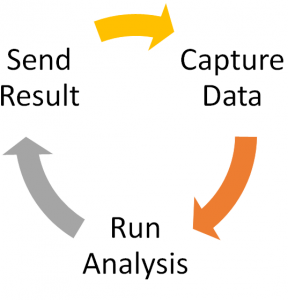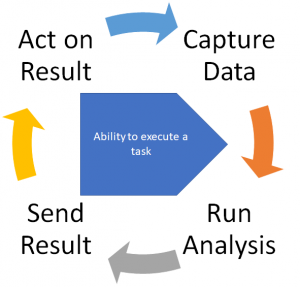Depending on how you consider things, it is the third time that it happens to me.
Being able to design, under certain limits, your own job, is an amazing opportunity.
I will not go into too many details as some of it is work in progress, but the process was amazingly energizing and I wanted to share a bit of that energy.
For my current job, I met my future boss on the recommendation of a former colleague. We discussed many things, from ITIL to Managed Services, and also public cloud and the need to get dev and ops team closer. We went through those kind of talks several times, at least four if memory serves. We went from a job which look like an Ops engineer/ITIL practitioner, to something closer to an Azure tech lead.
In my previous position I also had the opportunity to be offered a promotion, and been able to discuss some of the content and responsibilities of the future role. I was also able to step down when time came for me to admit that it was not an ideal position, for me or for the company. Which was really appreciated, at least on my part.
And once again a few weeks ago, I was called out of the blue by a colleague’s boss. He started to discuss his own future and what he was trying to design. He wanted to build something new, and was searching for a partner to build that together. And in that scheme, he discussed a position very similar to my dream job, and offered it to me.
I almost fell off my chair.
At that point I was ready to accept, without having any more details about the exact role and responsibilities, or even the salary. That’s where my future boss started to ask me what I would include or exclude from that job description, and how I could make it my own. My mind just froze.
It took some time for me to recover and start thinking again. After some lame jokes, we discussed the position, and what we would like to build together. It took us several meetings and calls to see through the fog, as we are really going to build something new together, and we cannot rely much on what exists around us.
The last funny thing to happen was that my next interview was with the CEO of the company, who was convinced by the both of us in less than 35 minutes. I could not believe my luck in getting there.
Anyway, that’s it for the bragging post. I really needed to write that down to make it real (even if I signed and will start by the end of the summer 🙂 )




